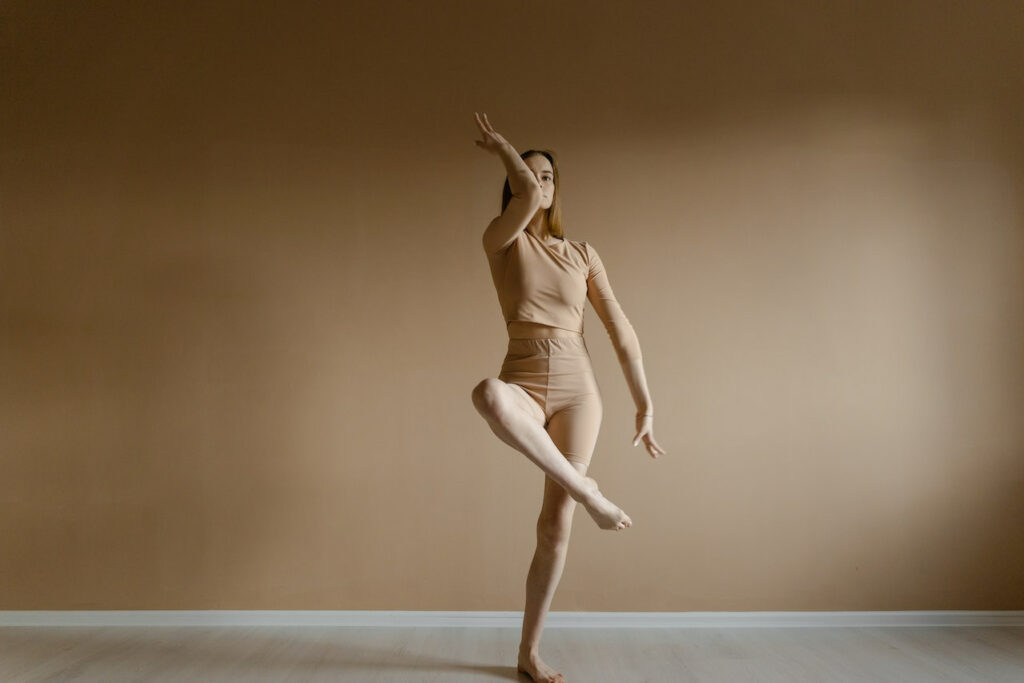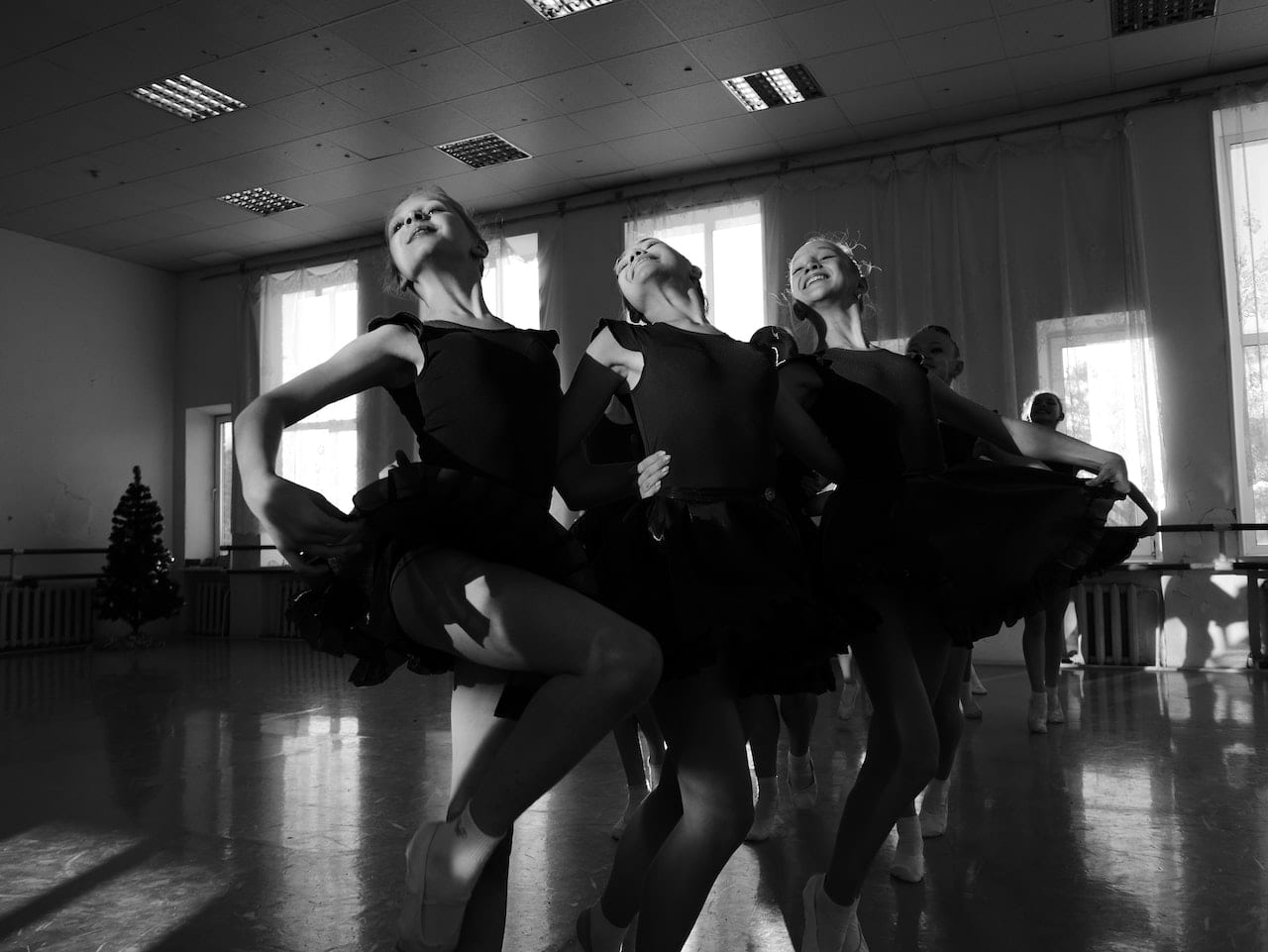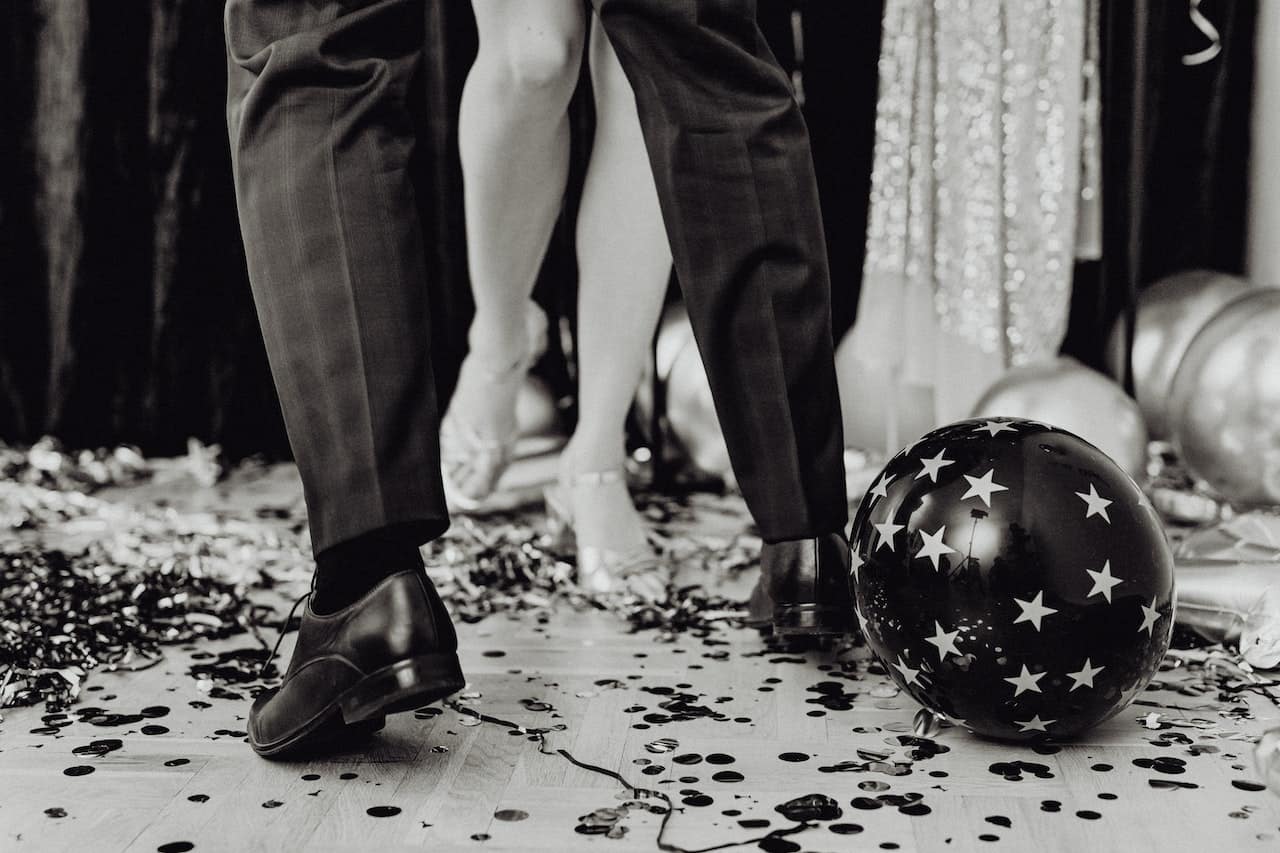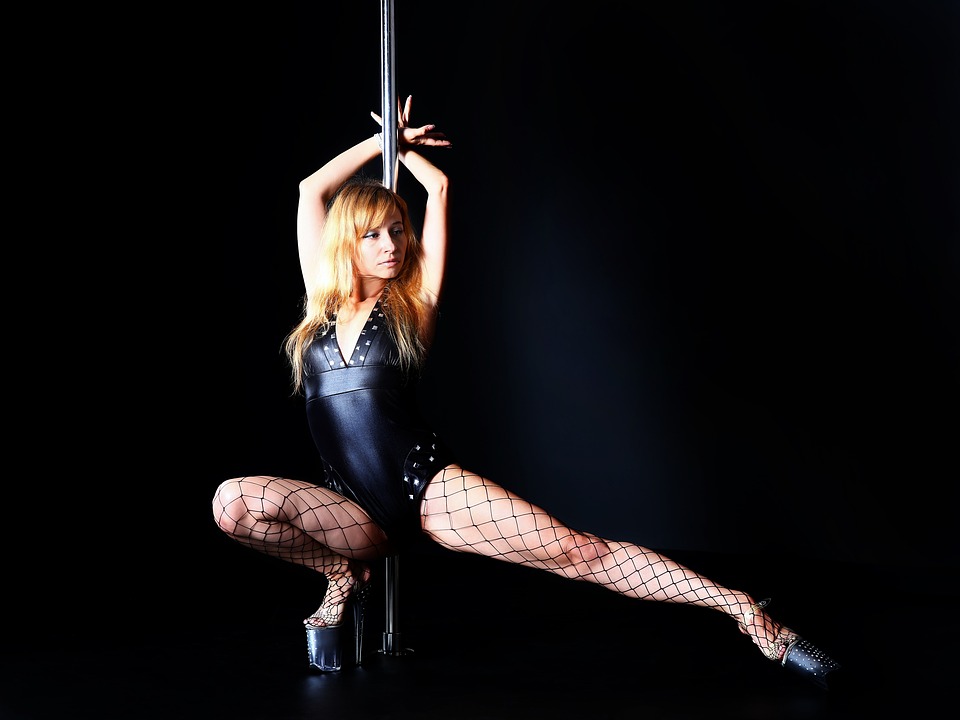
Summary
Welcome » Welcome » Guide to dance types » Immerse yourself in the captivating world of Irish dance
Immerse yourself in the captivating world of Irish dance
Are you planning a trip to Ireland? Don't be surprised if you see a group or person dancing in the street at the first musical note that sounds. In fact, the Irish dance is anchored in the cultural heritage of the country.
Summary
The importance of Irish dancing
Irish dancing is as essential as the Irish language or Gaelic sports like Gaelic football or hurling. This type of dance is particular since it is characterized by a stiff upper body and rapid, fluid foot and leg movements. Furthermore, it is a dance that has not lost its brilliance since it is still practiced today.
History
It is complex to find the exact origin of Irish dancing. Particularly because of historical documents which disappeared during the Viking invasions of the 7th and 8th centuries. However, we can say that the dance is ancient since Celtic communities danced in agnostic rituals.
It was in the Middle Ages that dance became democratized. Ireland converted to Christianity. Monks developed traditional dances in monasteries.
Irish dancing was linked to the traditional Irish music forming a symbiosis between these two art forms. In fact, the dancers used not fast and sandals under the background of accordion, violin or flute. Unfortunately, the English dominated Ireland. They banned Gaelic dances, music and sports in an effort to destroy Irish cultural identity.
In the 18th and 19th centuries, Ireland was troubled by economic and political difficulties, which launched mass emigration to other countries, notably the United States. The dancers returned with a American influence with their style And traditions transmitted in the Irish folk and popular dances. Also, the Celts, Druids and Normans influenced Irish dance.
Contemporary times and today
Then at the beginning of the 20th century, Irish dance regained interest in the public eye thanks to emblematic figures like Jean Butler, dancer and Michael Flatley, dancer. They have revolutionized Irish dance by integrating contemporary dance steps and making the latter a real performance and a show. They are known for having participated in the show Riverdance and Lord of the dance. It was a global success to the point that other shows emerged, such as with the Celtic Legends troupe which plays traditional Irish music.
Today, Irish dances continue toevolve while keeping his traditions. Moreover, dance schools specializing in the field have been created in many countries. There are also popular events like competitions Irish dance with Feis which allow dancers to assess their level. This is a great opportunity to celebrate Saint Patrick's Day properly.

The different styles of Irish dance
In total, we count 6 styles of Irish dance. There are two dance techniques that describe the way dancers move their feet. The first “Ballet up” and the second “Flat down”. Focus on the different dance forms.
Traditional step dancing
It is a form of dance characterized by precise foot movements, a rhythm synchronization and an straight posture. To dance it, here's how to do it:
Stand straight with your chin slightly raised and your shoulders relaxed. Your arms should be at your sides. Next, your feet are parallel, slightly apart with your toes pointing outward. Then, you perform rapid foot movements with some sandals. You tap your heel and toe, you tap both heels, continue by tapping your heel, the front of your foot and the heel again. Finish by tapping the tip of your foot. Note that you are dancing on a traditional Irish music, it is therefore important to have a excellent synchronization. You dance in band, THE movements have to be coordinated and some choreographies can be complex, including figures like the “crossover” which is a quick crossing of one foot in front of the other. We can also cite the “chains” which consists of moving in a curved line taking specific steps. Or even the “wheels” which is a series of synchronized, rotating movements.
Modern step dancing
Modern step dancing is what we see in current shows. It's a blend between traditional elements, contemporary dance steps and dynamic dance techniques. Let's look at how this is danced.
The basic posture is the same as that of traditional step dancing. THE foot movements are fast And complex between variations contemporary And not traditional. Unlike the classic version, the upper body movements are privileged with some wide arm movements and trunk rotations. About the choreographies, they are elaborate And synchronized in band. We see there jumps, of the diagonal lines, of the rotations and rhythm variations. In terms of music, this can range from simple traditional Irish music tunes to contemporary compositions.
Set dancing
Set dancing is a social dance practiced in a group, this is how it is danced:
Get into a group of four couples. Each couple stands side by side to form a horizontal line. The set dancing is composed of different choreographic figures. The figures contain specific step sets and of movements instructed by the facilitator. But step dancing has no basis as the “jig step” which is a combination of movements of sandals and of not stir-fries adapting to jig music. Then the “polka step” is a three-part dance step in keeping with polka music. The dancers must be attentive At pace, to the musical structure and to the melody.
The secret to this dance is listening carefully to the music and participating to learn and perfect your skills.
Ceili dancing
Ceili dancing is a social dance practiced in groups during ceilis. Find out how the latter is danced.
This form of dance is done in groups with several couples. It is done in several forms such as “longways sets” therefore in alignment, in “square sets” which means square and “ceilis dances” in the form of a circle. The ceili dance steps depend on the music. This can range from jig, of the no polka and tap dance movements guided by a facilitator.
You can join classes or communities to learn dance steps.
The sean-nos dancing
The dancing sean-nos is a traditional dance made of low ground movements, free And improvised. If you're interested, here's how it's danced.
The dancing sean-nos emphasizes the rhythmic and simple foot movements close to the ground. This includes heel movements, of rotation and of point to create distinctive sounds And different rhythms. The specificity of this dance is that it allows a great freedom of expression. Dancers have the option to add arm movements, of the variations and body twists by interpreting the music in their own way.
If you are interested in this style of dance, it is recommended to participate in workshops or classes led by teachers or dancers experienced in this field. They will be the most qualified to teach you the basic steps, techniques and push you to express your artistic style.
Irish two-handed dance
It is a style of traditional duo dance where two dancers face each other and perform not And movements synchronized. It is danced like this:
The dancers face each other by holding hands or wrists with their arms slightly bent. The basic steps are polka and the jig which adapt to the Irish music. However, the choreography may include rotations, of the lateral movements, of the jumps or some heel movements. Also, we find different figures such as leg crossings, of the chains, of the circles, of the turnstiles and whirlwind movements.
It is advisable to take lessons in order to gain a deep understanding of musicality and coordination of movements.
The Riverdance
Riverdance before being a theatrical concept is a couple dance. It is danced like this:
The dancers are face to face, hands clasped. The riverdance is a sequence of simple steps. In fact, the rider takes a step on the left side and the rider on the right side. Then, the dancer continues with a right side step while the dancer does one on the left. Then, the dancers both take a step forward with the right foot, continuing with a step back on the left side. Riverdance allows you to include rotations, of the exchanges of places between the dancers, of the swirls.
The best way to learn riverdance is to join historical dance classes or participate in Renaissance dance events to learn the specific figures of this type of dance. You will be able to understand the nuances and techniques of river dancing.
The benefits of Irish dancing
There are many benefits linked to Irish dance for the body and mind. Here are a few :
- Maintaining the cardiovascular system : It is an activity aerobic with energetic and continuous movements which leads to an increase in heart rate favoring blood circulation, which strengthens the lungs and the heart.
- Improves physical condition : It works on endurance, muscular strength, coordination and flexibility following rapid and rhythmic movements.
- Increases flexibility : Irish dance movements involve stretching the muscles, which promotes flexibility.
- Promotes coordination and balance : By dancing regularly, dancers acquire balance and coordination.
- Brings good posture : Irish dancing works the spine and engages the muscles.
- Creating a link : This form of dance is often performed in groups, which provides an opportunity to socialize and have a sense of belonging to a community.
- Improve your mental well-being : It helps release stress, increase self-confidence and a feeling of accomplishment. As well as a connection between body and mind.

What you must remember
It is difficult to trace the arrival of Irish dancing. However, we can estimate that in the 7th century, it already existed. It was in the Middle Ages that it really developed, it fitted into the traditional Irish music with some not fast. Then the invasion of the English caused Irish dancing and its sports to be banned. Then in the 18th century, the Irish emigrated to the United States. Once back home, the dancers brought a American influence and the Normans, Celts and Druids also left a trace of their passage in the dances. Then, in the early 20th century, Irish dancing shows and competitions emerged. She was revolutionized with some no contemporary dance.
The different styles of Irish dance
We accept 6 dances specific to Irish dance:
- The sean-nos dancing
- Irish two-handed dance
- The Riverdance
- Modern step dancing
- Set dancing
- Ceili dancing
- Traditional step dancing
The virtues
Irish dance has some profits :
- Improves your mental health
- Socialization
- Gives good posture
- Provides coordination and balance
- Maintain your physical condition
- Strengthens your cardiovascular system
It is important to say that the benefits of Irish dancing can vary from one person to another depending on the frequency and intensity of the practice. However, no matter your level, Irish dancing will have beneficial effects on your physical and mental health.
Work on your movements at DECIBEL®
Are you afraid to try Irish dancing? Don't panic, it may be interesting to start by learning the synchronization of movements in relation to music, footwork and the rapid foot movements.
Why not try the DECIBEL concept® ? Enjoy 45 minute sessions mixing workout And dance. Work your cardio and dance to rhythmic choreographies which will bring you closer to Irish dance.
Above all, don't miss out on our exclusive playlists from Beyoncé to Drake, enough to dance freely and without judgment! You can completely trust our coaches who will guide you under the dim light.
So, ready to set foot on the floor?
Read also
follow us
on instagram
Follow our news,
take advantage of our tutorials and participate to our
contests!
BREAKING NEWS!
Receive our newsletter.






